Boss Tone Guitar Effect Distortion Module
Boss Tone Begins
1966 was a very good year for the guitar players that were looking for something different. Jordan electronics, a subsidiary of Victoreen, a company built on their line of geiger counters, was formed to make instrument amplifiers and guitar effects. Victoreen’s motto was “The Worlds First Nuclear Company” Boss Tone was their biggest success in the guitar effect area. They had already made a line of solid state amps that were referred to by most reviewers only as LOUD!
Spirit In The Sky
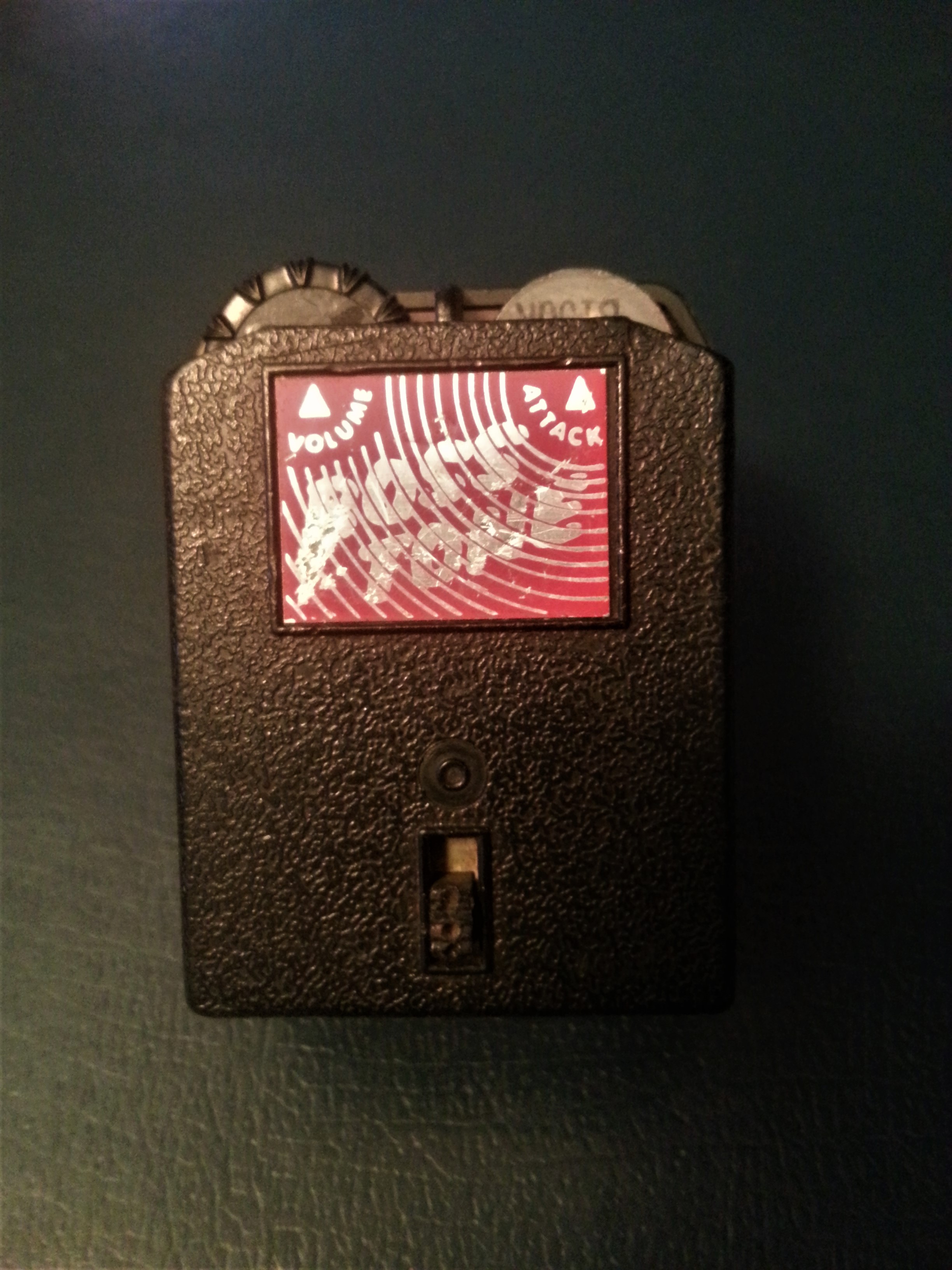
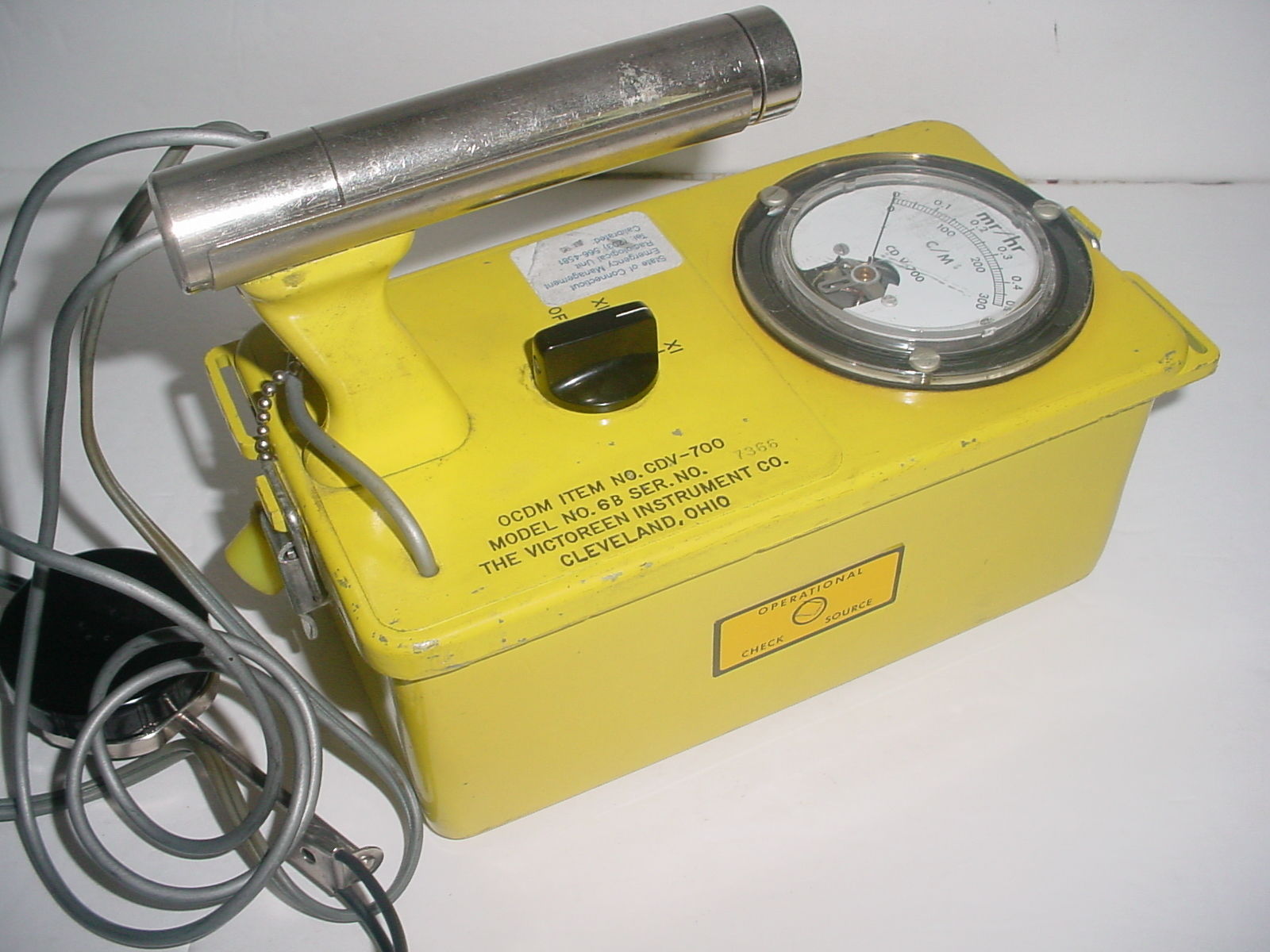

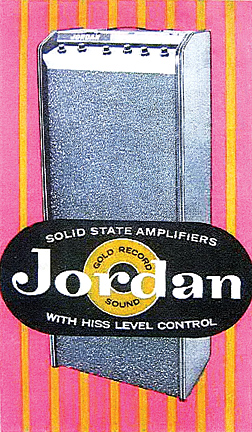
Alhambra First Then off to Pasadena
The first model has the Alhambra, California address on the back. Early in their production the company moved to Pasadena and that address was stamped on the back through the end of manufacture, approx. 1970. It was a simple design using 2 transistors. One as a voltage gate and the other as a buffer. Only a fraction of the size of the other distortion effects on the market and priced to sell at $29.95. No consideration was made for the popular guitar, Fender Stratocaster, as it plugged directly into the 1/4″ guitar jack and Fender had a recessed output. It have no shielding, so many times they were the source for a local radio station bleeding through an amp. What they did better than the others was manufacture true colorful distortion. When properly adjusted, there was nothing on the market that came close. Fat, smooth overdrive that was attached to the guitar so it was easily accessible to the player. Boss Tone became a must have for pedal steel players. Shot Jackson and Buddy Emmons licensed a version called Sho-Bud Boss Tone. Look carefully at your favorite Nashville type pedal steel player’s rig and you will most likely see one plugged into the output jack!
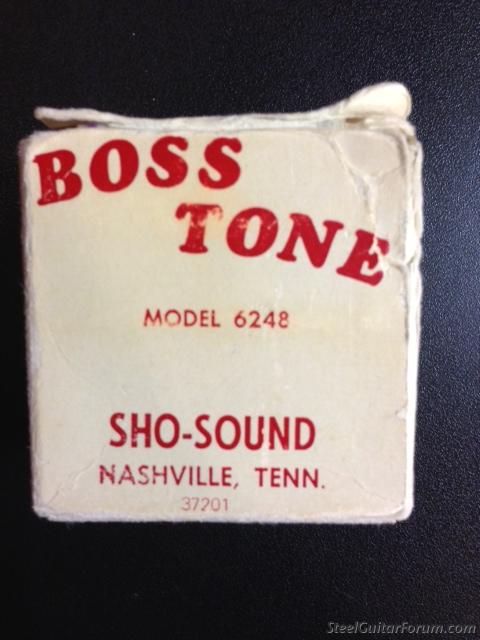
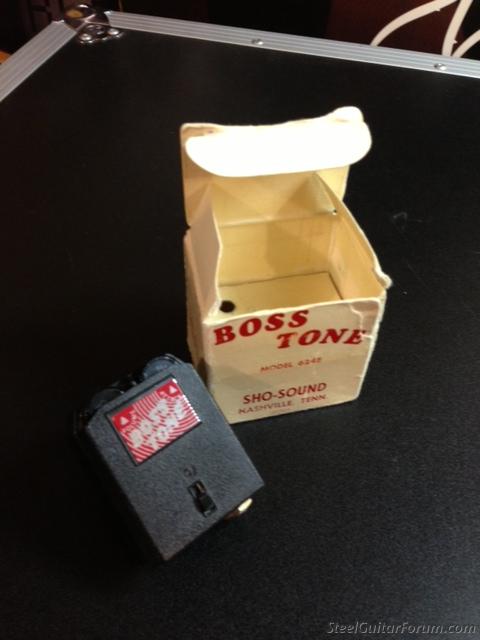
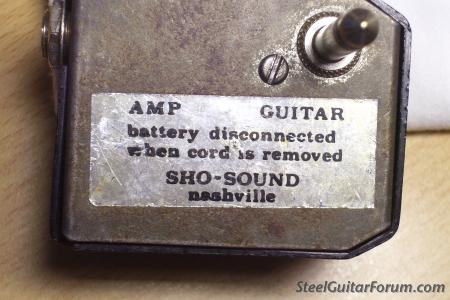
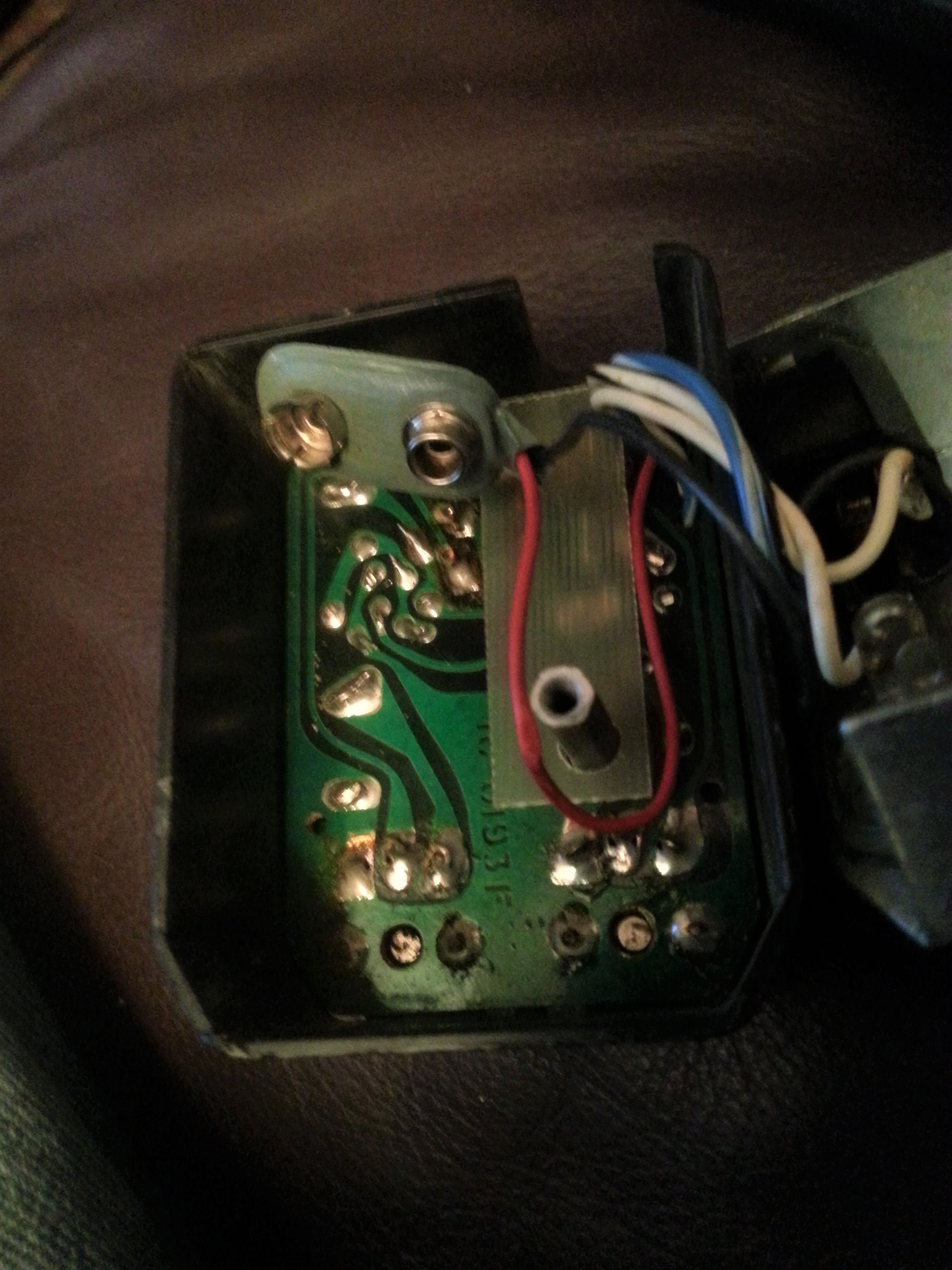
Spiritual Boss Tone
Dan Auerbach of the Black Keys uses a Boss Tone. Randy California of Spirit wouldn’t leave home without his. It’s rumored it was in his pocket when he drowned. You can hear it in the first 4 Spriit albums. Many have been converted to a floor pedal and have shielding added. It seems the Stratocaster players don’t want to be left out! The first version had a green circuit board, used a transistor made by Motorolla and has a more aggressive fuzz than the subsequent model with a brown circuit board. All versions are awesome but the green board version is highly sought after.
Related Articles:
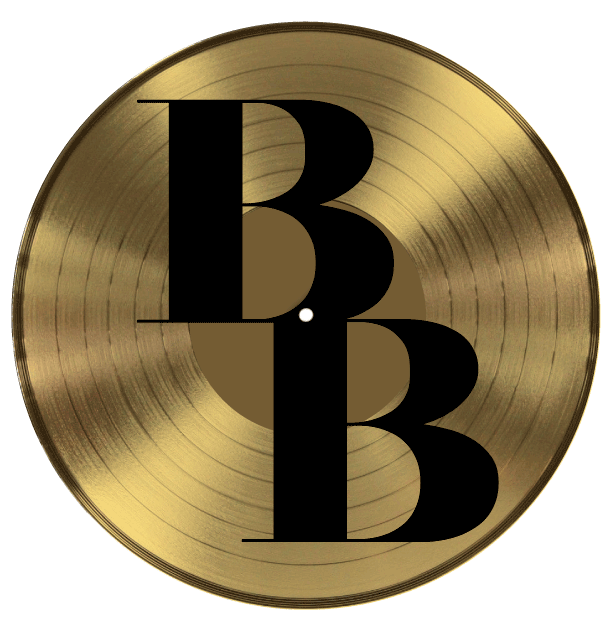


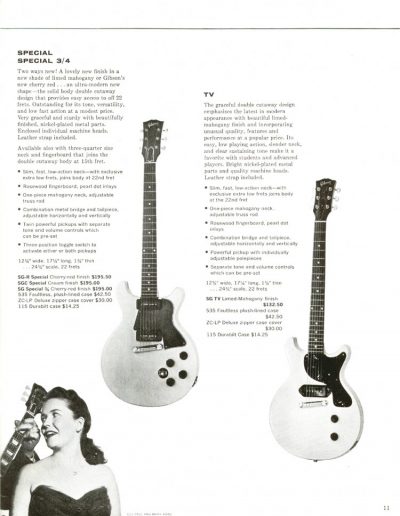
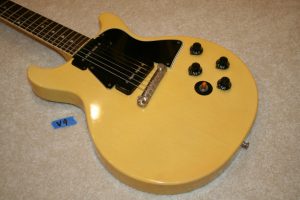 The first Gibson thick body SG had a large neck profile, body-neck joint at the end of the finger board and the selector switch above the volume and tone knobs. The neck pickup was about 1/4″ from the end of the body and the bridge pickup was also close to the angled stop tailpiece bar type bridge. The intonation was only adjustable on each end of the bridge. This worked surprisingly well however and the solid connection between the bridge and body make them sing. All I have pic
The first Gibson thick body SG had a large neck profile, body-neck joint at the end of the finger board and the selector switch above the volume and tone knobs. The neck pickup was about 1/4″ from the end of the body and the bridge pickup was also close to the angled stop tailpiece bar type bridge. The intonation was only adjustable on each end of the bridge. This worked surprisingly well however and the solid connection between the bridge and body make them sing. All I have pic The second version had a little thinner neck. The pickup selector was moved to the area that became the standard for subsequent models. It was now in front of the volume controls adjacent to the pick guard. All I have seen of this version have a serial number that begins with 9, then a space followed by the rest of the digits. The neck joins the body the same way as the first version with the bridg
The second version had a little thinner neck. The pickup selector was moved to the area that became the standard for subsequent models. It was now in front of the volume controls adjacent to the pick guard. All I have seen of this version have a serial number that begins with 9, then a space followed by the rest of the digits. The neck joins the body the same way as the first version with the bridg The next version of the Gibson thick body SG seems to have happened around 1960. The neck was moved into the body and joins at the 22nd fret. They had similar spacing for the neck
The next version of the Gibson thick body SG seems to have happened around 1960. The neck was moved into the body and joins at the 22nd fret. They had similar spacing for the neck 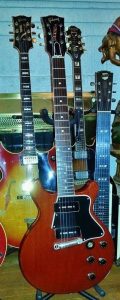
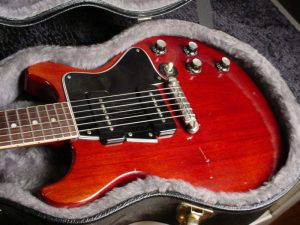 The last change to the Gibson thick body SG before extinction was moving the stop tailpiece anchors in line with each other and using a compensated bridge. All I have seen of those had pressure stamped serial numbers and were made 1961 on. The latest one I have seen was 1963.
The last change to the Gibson thick body SG before extinction was moving the stop tailpiece anchors in line with each other and using a compensated bridge. All I have seen of those had pressure stamped serial numbers and were made 1961 on. The latest one I have seen was 1963. 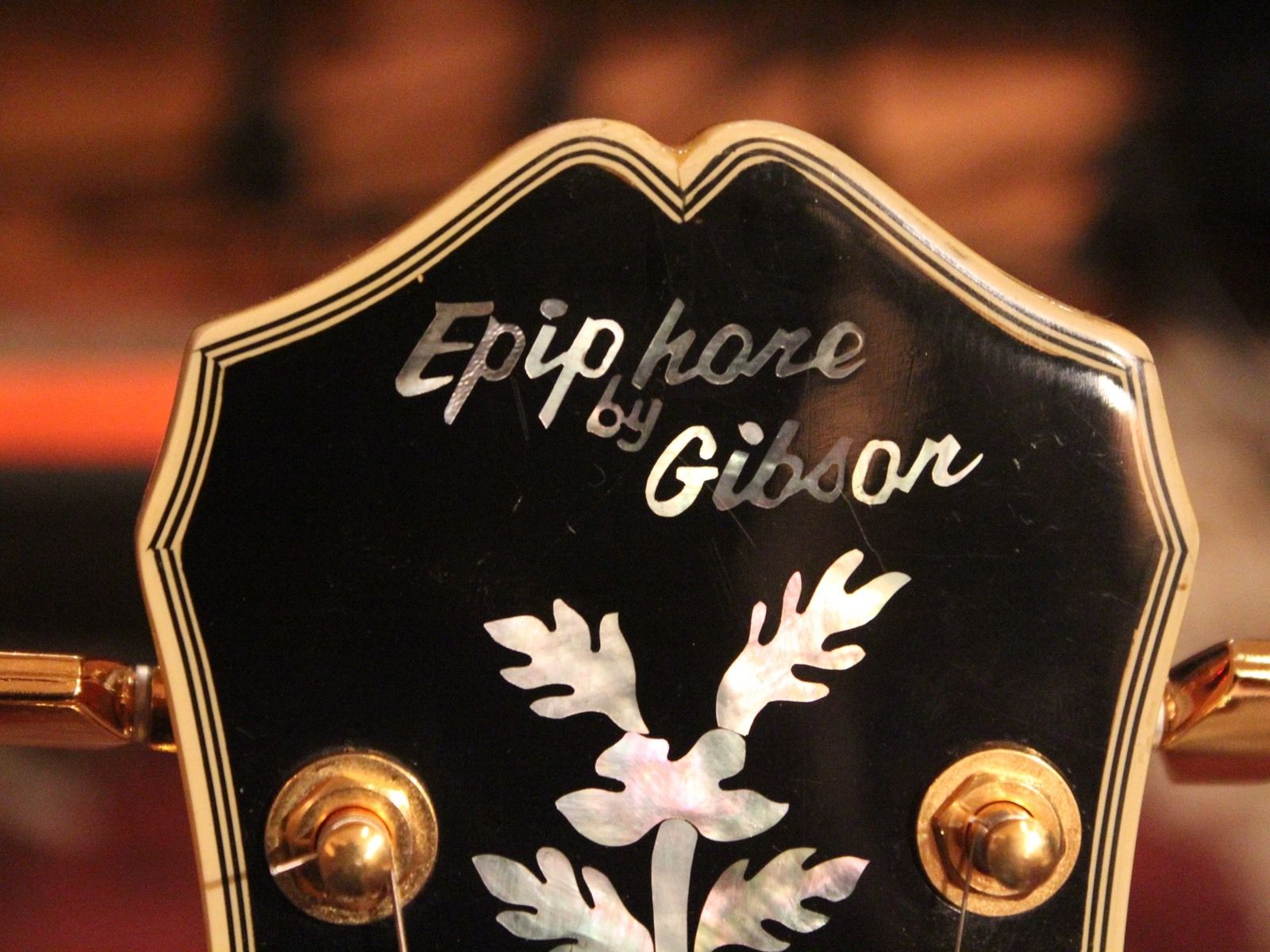
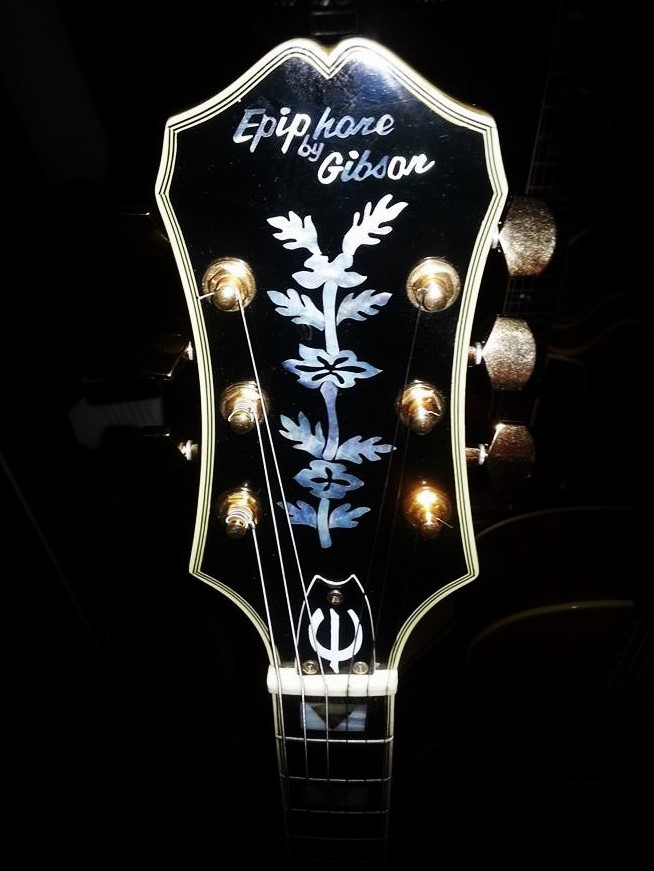

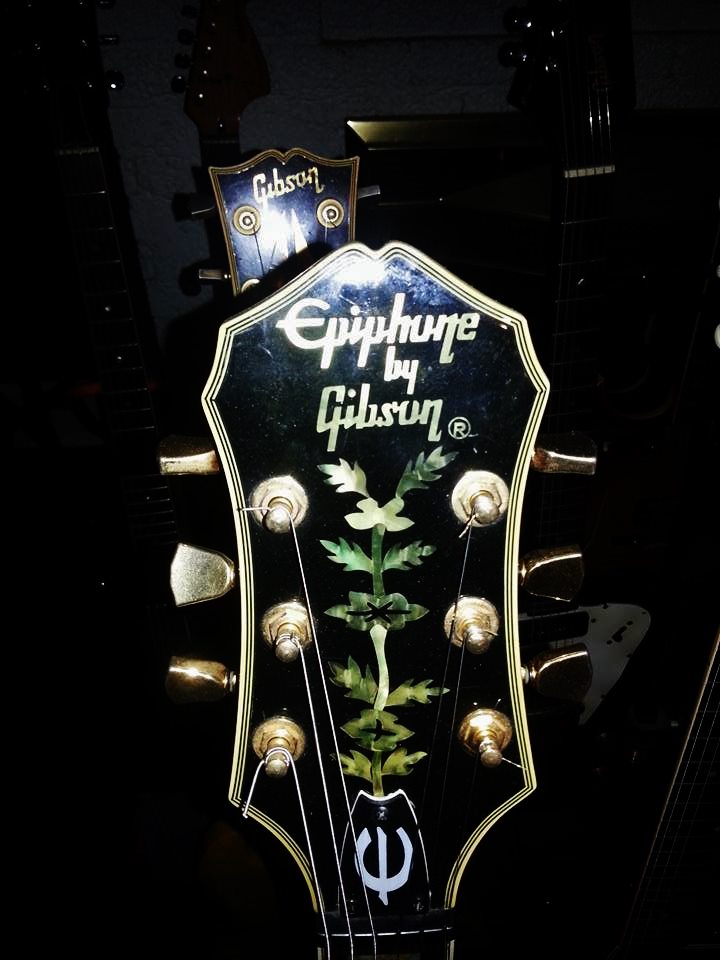

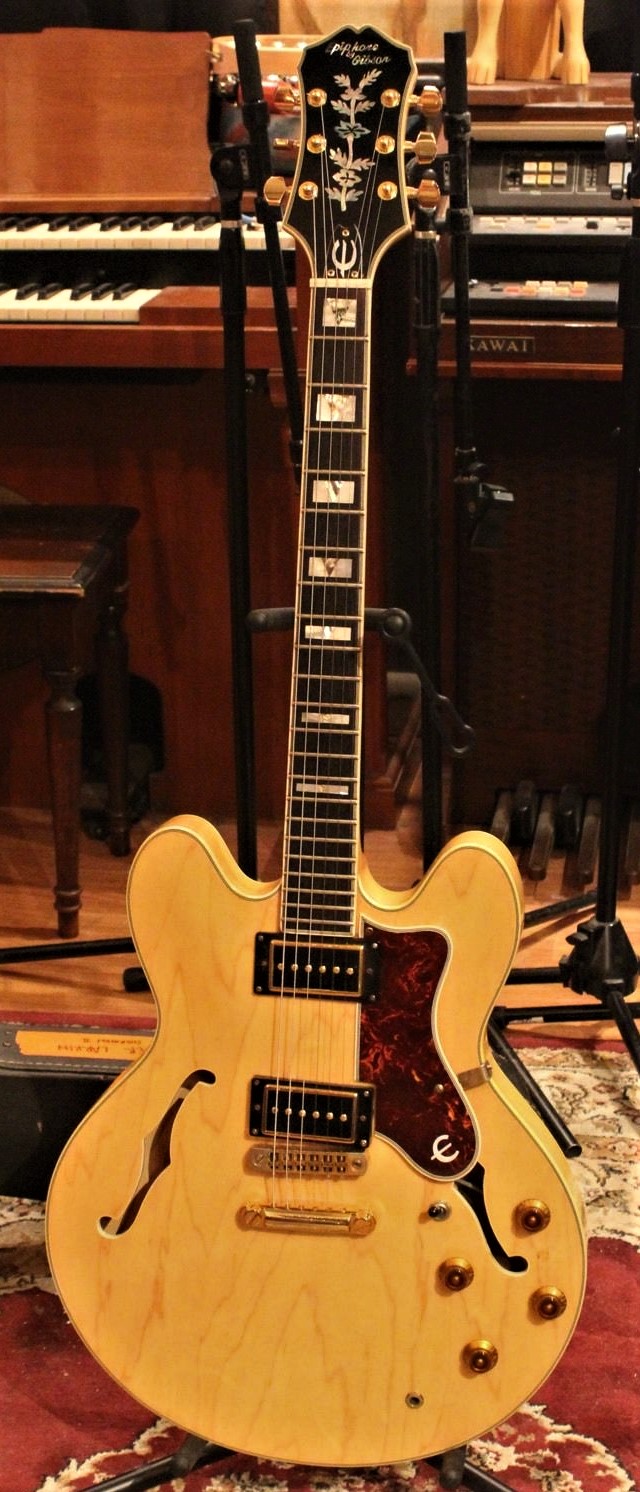
Recent Comments